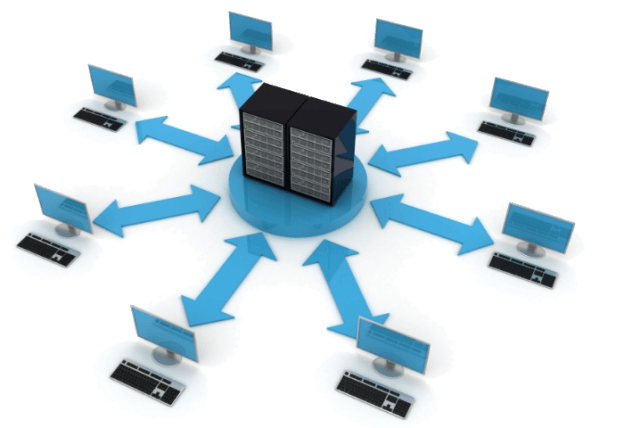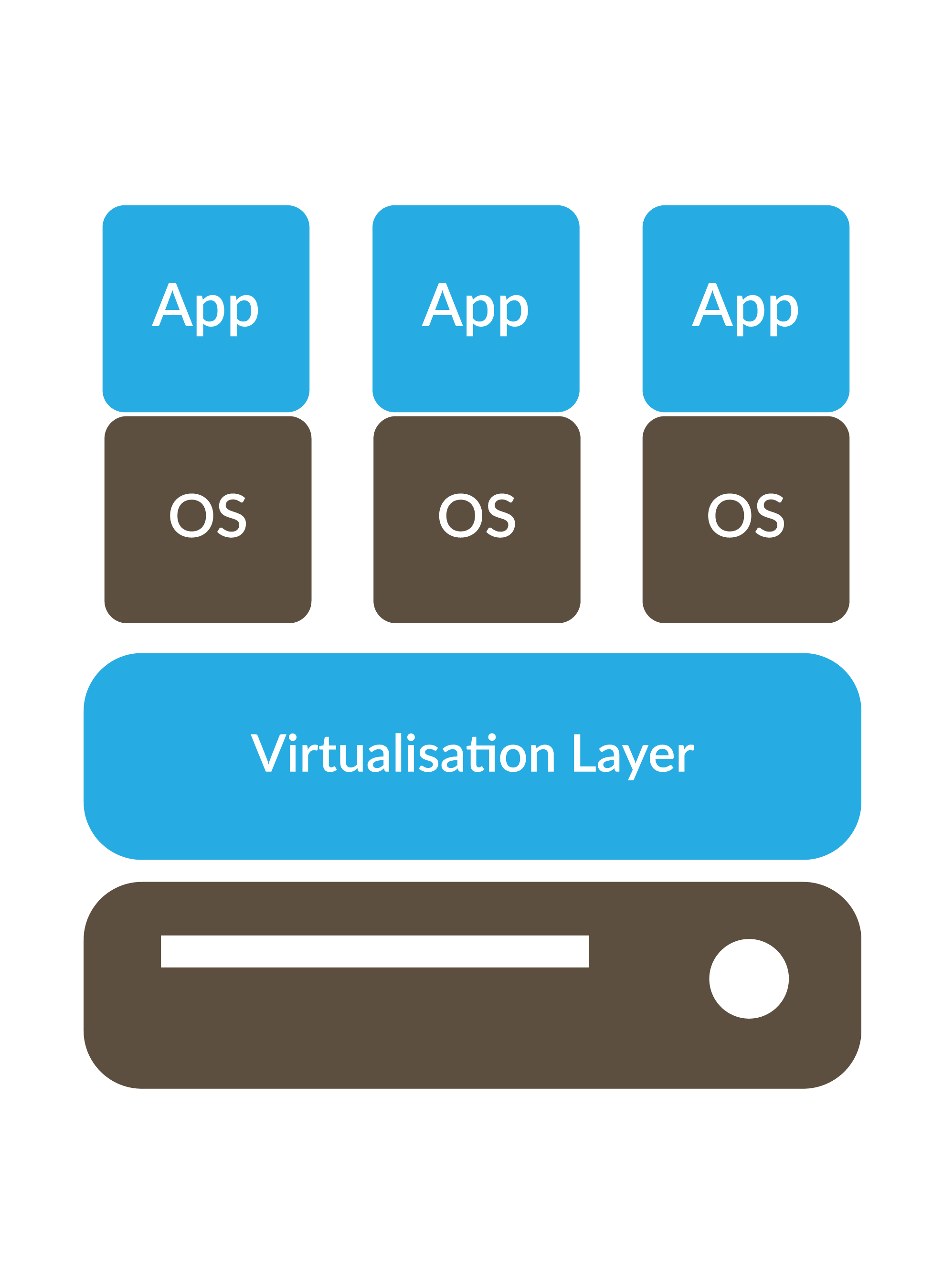Virtualization can increase IT agility, flexibility and scalability while creating significant cost savings. Greater workload mobility, increased performance and availability of resources, automated operations – they’re all benefits of virtualization that make IT simpler to manage and less costly to own and operate.
It allows users to run multiple operating systems on a single physical Server or computer at the same time, which can improve business efficiencies.
TYPE OF VIRTUALIZATION



HARDWARE VIRTUALISATION
Virtualizing a server allows for a better division of resources, as it lets the administrator divide one physical server into multiple virtual servers. These virtual servers can then be used to run a distinct operating system and any applications needed.
DESKTOP VIRTUALISATION
Desktop virtualization allows the users’ OS to be remotely stored on a server in the data centre. It allows the user to access their desktop virtually, from any location by a different machine.
APPLICATION VIRTUALISATION
Application virtualization helps a user to have remote access of an application from a server. The server stores all personal information and other characteristics of the application but can still run on a local workstation through the internet.
BENEFITS OF VIRTUALISATION
- Reduced capital and operating costs
- increased Productivity
- Better resource utilization
- Less time spent maintaining servers
- Reduction in energy costs

